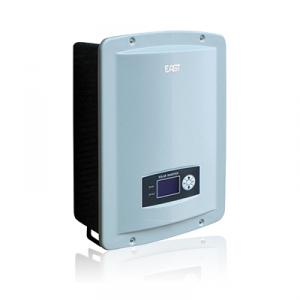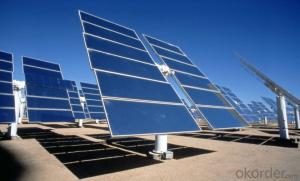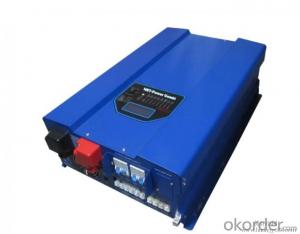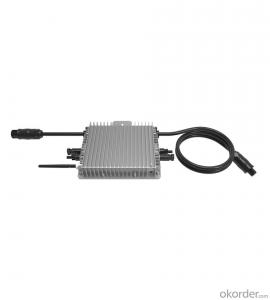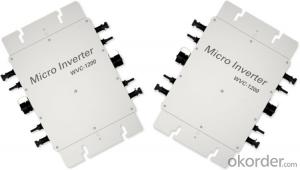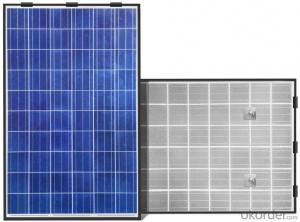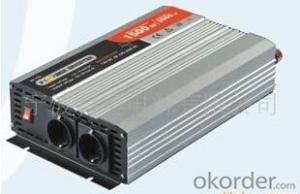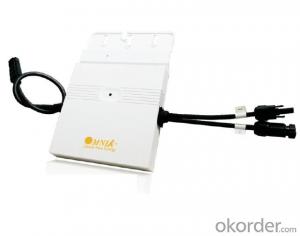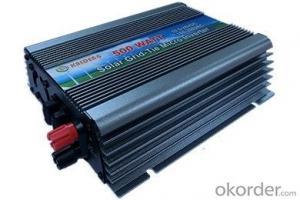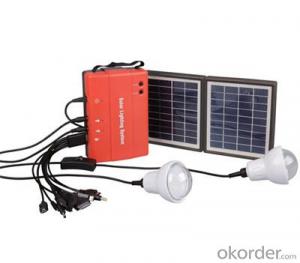Petra Solar Micro Inverter
Petra Solar Micro Inverter Related Searches
Micro Solar Inverter Solar Panel Micro Inverter Solar Micro Inverter Solar Smart Micro Inverter Micro Inverter Solar Tesla Solar Micro Inverter Micro Inverter Solar Panel Microtek Mppt Solar Inverter Micro Inverter Solar Kit Solar Panels Micro Inverter Micro Inverter For Solar Panel Microtek Solar Inverter Solar Cell Micro Inverter Solar Mini Inverter Mini Inverter Solar Solar Panel Mini Inverter Mini Solar Inverter Power Solar Inverter Cheap Solar Micro Inverter Solar Inverter Mini Micro Inverter Solar System Solar Inverter Makro Mppt Solar Power Inverter Alpha Solar Inverter Pika Solar Inverter Mppt Solar Inverter Lg Solar Micro Inverter Delta Solar Inverter Mppt Inverter Solar Mini Solar Inverter KitPetra Solar Micro Inverter Supplier & Manufacturer from China
Petra Solar Micro Inverter is a cutting-edge product designed to optimize the performance of solar energy systems by converting the energy generated by solar panels into usable electricity. This innovative technology enhances the efficiency and reliability of solar power systems, making it a valuable addition to the renewable energy market.The Petra Solar Micro Inverter is widely used in various applications, including residential, commercial, and industrial solar installations. It is particularly effective in scenarios where space is limited, as it can be easily integrated into existing electrical systems without the need for extensive modifications. This product is also ideal for off-grid solar systems, providing a reliable source of power in remote locations where traditional energy sources may be unavailable or impractical.
Okorder.com is a leading wholesale supplier of Petra Solar Micro Inverter, offering a vast inventory of this high-quality product to customers worldwide. With a commitment to providing exceptional service and competitive pricing, Okorder.com ensures that businesses and individuals can access the Petra Solar Micro Inverter they need to harness the power of the sun and contribute to a more sustainable future.
Hot Products

